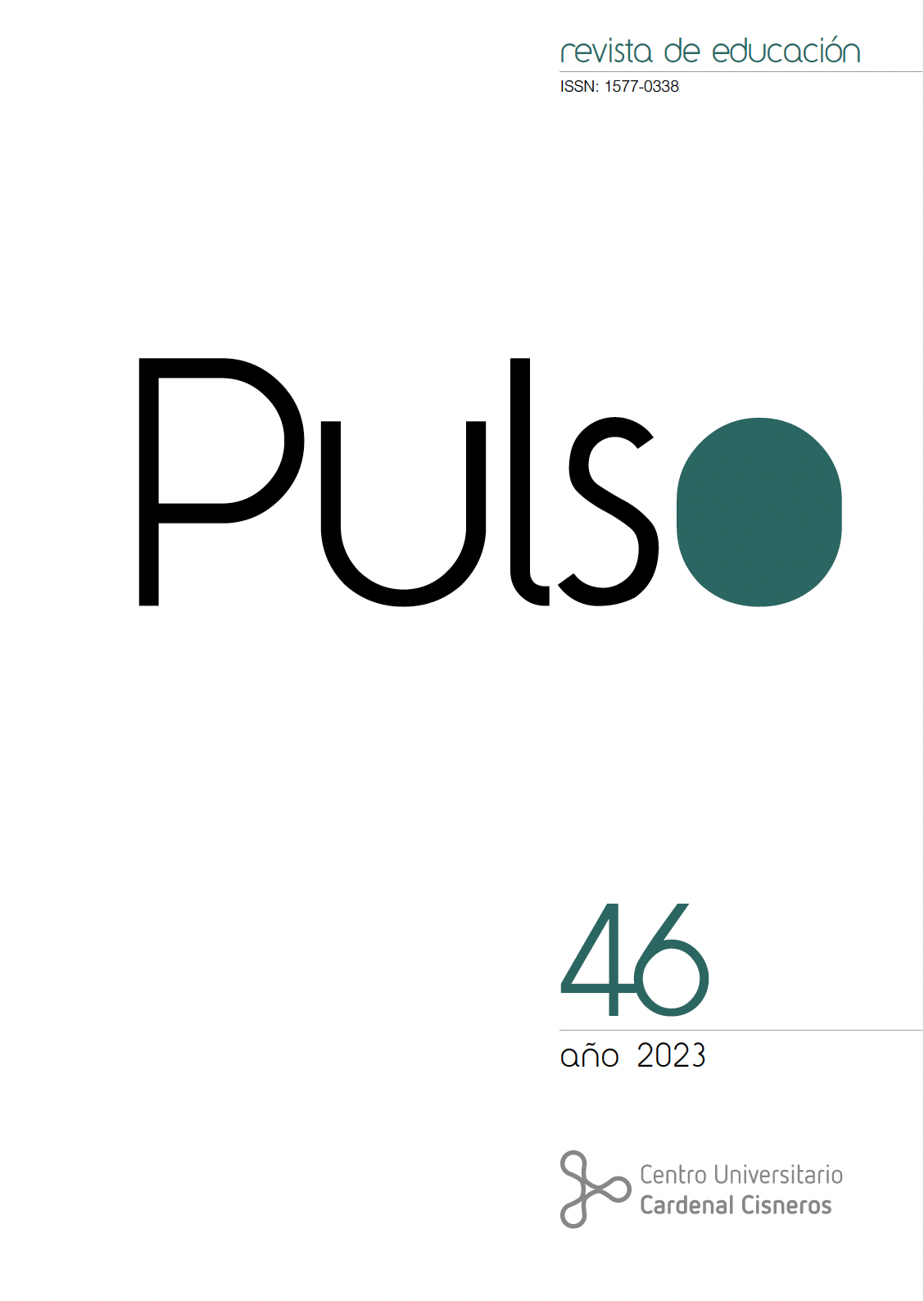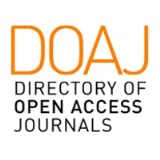Unstructured play material in the educative practice within the first cycle of pre-school education: its applications from different methodological perspectives and its contribution to the development of children's abilities. Case study in the region de Madrid
DOI:
https://doi.org/10.58265/pulso.5884Keywords:
Early Childhood Education, unstructured material, autonomous learning, free playAbstract
In the current educational context oriented towards learning situations, the use of unstructured play material stands out as a pedagogical tool of great relevance. This research focuses on analysing its application in a public nursery school for children from 0 to 3 years old. Through a methodological approach based on case studies and the use of observation, questionnaires, interviews and documentary review in an innovative nursery school, it is shown that it is feasible to develop skills through a learner-centred approach based on free play from an early age. The results highlight how unstructured play material contributes to children’s holistic growth in an environment that encourages autonomy and experimentation. The findings highlight its versatility in education, its ability to address challenges, its influence on children’s individual development and its systemic impact on the educational process. In summary, this research underscores the educational value of unstructured play material, showing its adaptability and its potential to enrich children’s learning through discovery and exploration.
Downloads
References
- Abad, J. y Ruiz de Velasco, A. (2011). El juego simbólico. Graó.
- Álvarez, C. y San Fabián Maroto, J.L. (2012). La elección del estudio de caso en investigación educativa. Gaceta de antropología. 28(1), 1-13. DOI: 10.30827/Digibug.20644
- Arnal, J., del rincón, D. y Latorre, A. (1994). Investigación educativa. Fundamentos y metodología. Labor.
- Carlgren, F. (1989). Pedagogía Waldorf. Una Educación hacia la libertad. Editorial Rudolf Steiner.
- Castro Hernández, C. de ., López Barrero, D. ., & Escorial González, B. . (2011). Posibilidades del juego de construcción para el aprendizaje de las Matemáticas en la Educación Infantil. Pulso. Revista De educación, (34), 103–124. https://doi.org/10.58265/pulso.5012
- Moreno, M. M. (2010). Pedagogía Waldorf. Arteterapia. Papeles de arteterapia y educación artística para la inclusión social, 5, 203-209.
- Montessori, M. (1971). La mente absorbente del niño. Araluce.
- Nicholson, S. (1971). How not to cheat children. The Theory of loose parts. Landscape architecture, 62, 30-34.
- Oliveira, M. y Teixeira, L.S. (2020). Jugar con materiales no estructurados en la educación. Reladei, 9(2), 193-203.
- Pérez, G. (2000). Modelos de investigación cualitativa en educación social y animación sociocultural: aplicaciones prácticas. Narcea.
- Pikler, E. (1984). Moverse en libertad. Desarrollo de la motricidad global. Narcea.
- Ruíz de Velasco, A. y Abad, J. (2019). El lugar del símbolo. El imaginario infantil en las instalaciones de juego. Graó.
- Soto, E. R. y Escribano, E. (2019). El método estudio de caso y su significado en la investigación educativa en D.M. Arzola (Coord.), Procesos formativos en la investigación educativa: Diálogos, reflexiones, convergencias y divergencias (203-222). Red de Investigadores educativos Chihuahua.
- Vela, P. y Herrán, M. (2019). Piezas sueltas. El juego infinito de crear. Litera Libros.
- Vecchi, V. (2013). Arte y creatividad en Reggio Emilia. Ediciones Morata.
Downloads
Published
How to Cite
Issue
Section
License
Copyright (c) 2023 Pulso. Revista de educación

This work is licensed under a Creative Commons Attribution-NonCommercial-NoDerivatives 4.0 International License.
This journal offers immediate open access to its content based on the idea that offering readers free access to research favours a global exchange of knowledge.
Papers are published in the electronic version of the journal under a Creative Commons License: Attribution-NonCommercial-No derivatives 4.0 International
Authors are allowed and encouraged to promote the post-print version (reviewed and accepted for publication version) of their work online before publishing them. This favours their earlier circulation and dissemination and thus a possible increase in their citation and reach among the academic community.














